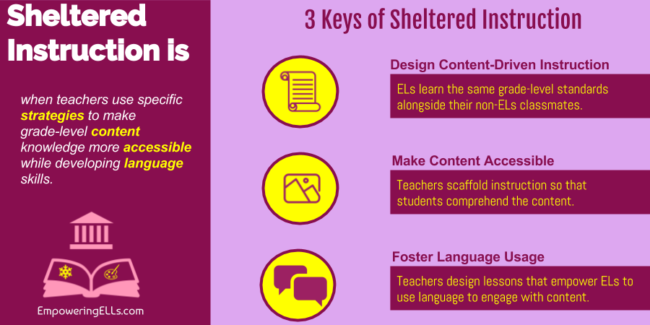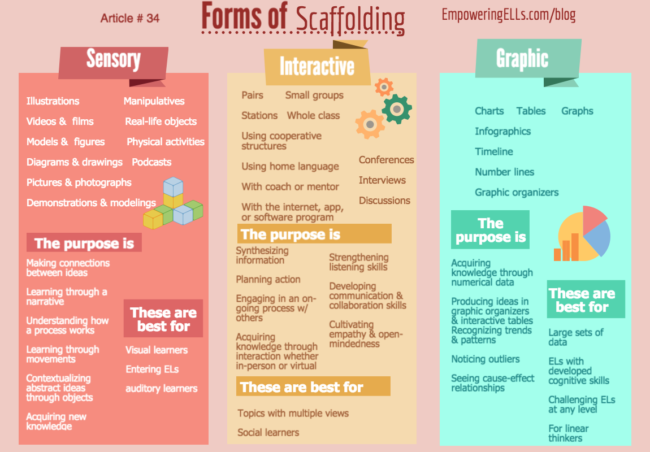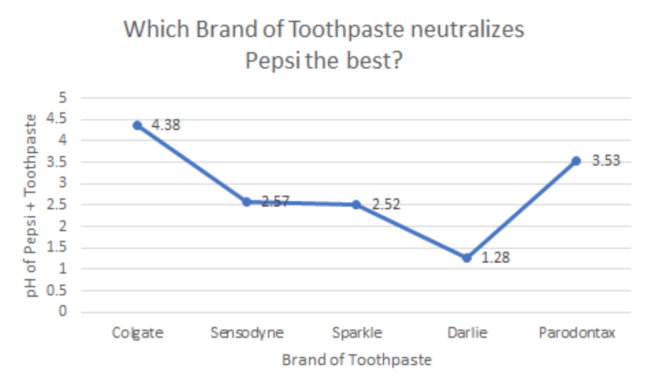
Many teachers have heard the aspiration that all teachers are teachers of language. Yet most teachers are still teachers of topics. Likewise, English language teachers often prioritize learning a language over access to content.
In truth, access to content cannot exist without effective literacy skills. Likewise, language morphs from being social to academic when used to talk about content.
One cannot exist without the other.
Sheltered instruction wrangles these two competing priorities into one powerful force. It empowers English learners (ELs) to access content while developing language skills (Freeman and Freeman, 1988). In Making Content Comprehensible for English Learners: The SIOP Model (5th Edition) (SIOP Series), Echevarria, Vogt, and Short recommend that teachers
- design instruction derived from grade-level curricula and
- use strategies to help students understand content (comprehensible input).
In essence, the philosophy behind sheltered instruction is that content is both essential to learn and perfect as a meaningful purpose to use academic language.
1. Design Content-Driven Instruction
In sheltered instruction, the content teacher is still the one designing the lessons using grade-level standards. They are not dumbing down the rigor or limiting ELs’ access to the content.
Instead, sheltered instruction dictates that ELs learn the same content and be held to the same expectations as non-ELs. ELs are not pulled out of content classes to be given extra English lessons. Pulling ELs out of content classes actually deprives them from being held to the same expectations as non-ELs. With sheltered instruction, content serves as an avenue to language proficiency.
2. Develop Comprehensible Input
As content teachers are planning instruction, they employ various strategies that help ELs understand both the instructions and the content. Without strategies that develop comprehensible input, ELs won’t be able to access the content. Strategies that scaffold instruction can include:
- Sensory scaffolds: incorporating images and models to teach content
- Interactive scaffolds: allowing students to learn through social interactions
Graphic scaffolds: offering graphs, tables, and infographics to learn content.

You do not need to be a language acquisition teacher to use these strategies; these strategies help all learners access content. Developing comprehensible input is the core of sheltered instruction because content teachers want to help ELs access content. In under-resourced schools, there simply aren’t enough English language teachers to help, so the content teachers can call on these strategies when teaching content.
3. Foster Language Development
Content classes can be the context for ELs to develop academic language (Cloud, Genesee, & Hamayan, 2009; Goldenberg & Coleman, 2010). It’s in science classes that students learn to communicate like scientists by talking about data, forming hypotheses, and validating of an experiment. It’s in history classes that students learn to talk about the reliability and bias of a resource.
In order for ELs to develop the language used in each discipline, content teachers can offer language mini-lessons that model how science language or history language is used. Without this deliberate instruction, ELs revert to social language when talking about academic topics.
And how would they? How would Ben (a 7th grader) know to describe his science experiment about the neutralizing capabilities of toothpaste using the words decrease or increase? He wouldn’t. Instead, Ben would say, “The graph goes down” or “The lines go up”. How scientific does that sound?

One way to teach academic language is to teach text structures. The text structures that are used across the disciplines are:
- descriptive
- sequential
- cause and effect
- compare
- problem-solve
- argumentative
While a history class might describe the causes and effects of the Black Plague, a science class might describe the environmental implications of the meat industry. Though students describe different topics and phenomena in different classes, the structure of a descriptive text remains unchanged.
Takeaways
Of late, the world is experiencing several devastating humanitarian crises, such as the refugee crisis that is resulting in families leaving their countries. Teachers around the world are now expected to teach students with developing or even non-existent English knowledge. But most districts and schools are under-resourced and cannot provide an English language teacher to help content teachers.
I want to remind content teachers one thing: they are not alone.
They can use sheltered instruction to help ELs access content and develop academic language without the aid of language specialists. More importantly, using this form of instruction ensures that all students have equal access to instruction. In doing so, we communicate to our ELs that they have a place in our school, and we’ll serve them like we would any other student.
Cloud, N. F. Genesee, and E. Hamayan. 2009. Literacy Instruction for English Learners. Portsmouth, NH: Heinemann.
Freeman, D. and Y. Freeman. 1988. Sheltered English Instruction. Washington, DC: U.S. Department of Education.
Goldenberg, C. and R. Coleman. 2010. Promoting Academic Achievement Among English Learners: A Guide to the Research. Thousand Oaks, CA: Corwin.

